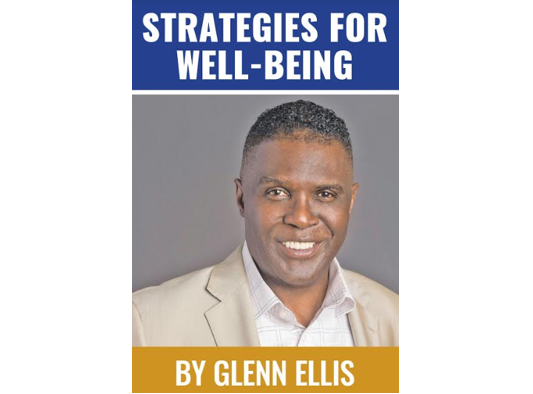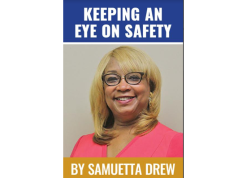By Glenn Ellis
Age plays a significant role in vein health. Aging can cause changes in the heart and blood vessels.
As people age, the heart tends to enlarge slightly, developing thicker walls and slightly larger chambers. The increase in size is mainly due to an increase in the size of individual heart muscle cells. … Together, these changes make the vessels stiffer and less resilient.
The heart has two sides. The right-side pumps blood to the lungs to receive oxygen and get rid of carbon dioxide. The left side pumps oxygen-rich blood to the body.
Blood flows out of the heart through arteries, which branch out and get smaller and smaller as they go into the tissues. In the tissues, they become tiny capillaries.
Capillaries are where the blood gives up oxygen and nutrients to the tissues, and receives carbon dioxide and wastes back from the tissues. Then, the vessels begin to collect together into larger and larger veins, which return blood to the heart.
The heart has a pacing system that controls the heartbeat and regulates the electrical signals that stimulate the heart’s pumping action. Over time, this natural pacemaker loses some of its cells, and some of its electrical pathways may get damaged. These changes can result in a slightly slower heart rate at rest and a greater susceptibility to abnormal rhythms (the most common of which is known as “atrial fibrillation”).
With increasing age, all the structures of the heart also become more rigid. The muscles of the left ventricle get thicker, the heart may increase slightly in size, and the volume of the left ventricle may decline. As a result, the heart may both fill and empty more slowly, thus putting less blood into circulation.
The increase in one’s heart rate and cardiac output in response to physical activity is also diminished, and one’s maximum heart rate declines. The drop in maximum heart rate appears to be greater than average in sedentary individuals and in those with overt cardiovascular disease.
There is no major changes to blood with age, but there is a reduction of red bone marrow. This means that there is a diminished capacity for blood cell formation in the elderly. In the absence of heart disease, the heart remains essentially the same size, or diminishes slightly in size. There is a reduction in the number and size of cardiac muscle cells with aging and an increase in fibrous tissue. Blood vessels reduce in elasticity with age. This is due to a reduced elastic fiber content in the wall of the arteries.
One of the conditions that is prominent in the aging of the circulatory system is chronic venous insufficiency (CVI). An estimated 40 percent of people in the United States have CVI. Chronic venous insufficiency occurs when these valves become damaged, allowing the blood to leak backward. Valve damage may occur, not only as the result of aging, but also as a result of extended sitting or standing or a combination of aging and reduced mobility.
When the veins and valves are weakened to the point where it is difficult for the blood to flow up to the heart, blood pressure in the veins stays elevated for long periods of time, leading to CVI. It occurs more frequently in people over age 50, and more often in women than in men.
Vein damage is cumulative – the longer we live, the more challenges our veins have endured. By the time we reach an advanced age, our legs have undergone many years of stress. Age, sedentary lifestyle, and obesity are the main risk factors for the development of chronic venous insufficiency in the elderly. Patients present with complaints such as pain, edema, burning, bloating, weight sensation, restless leg syndrome, night cramps, varicosities, color change and open wound in the legs.
According to WebMD, “your age isn’t the only thing that can affect your arteries. Lifestyle matters, too. Extra weight, smoking, lack of exercise, and eating a lot of foods high in trans-fat can all take a toll. Potentially dangerous artery problems considered common as people age may actually be avoided or delayed well into the senior years.”
As you get older, it’s important for you to have your blood pressure checked regularly, even if you are healthy. This is because aging changes in your arteries can lead to hypertension. You may feel fine but, if not treated, high blood pressure could lead to stroke and problems with your heart, eyes, brain, and kidneys. To manage high blood pressure, exercise, dietary changes, and reducing your salt intake can help, but as aging changes in the arteries often cause high blood pressure in older age, medication is often necessary. It is not uncommon to need more than one medication to control your blood pressure.
The risk for high blood pressure and increased blood vessel stiffness, which both increase the risk of heart disease, may be reduced with a healthy lifestyle.
Glenn Ellis, is Research Bioethics Fellow at Harvard Medical School and author of Which Doctor?, and Information is the Best Medicine. For more good health information visit: www.glennellis.com.





